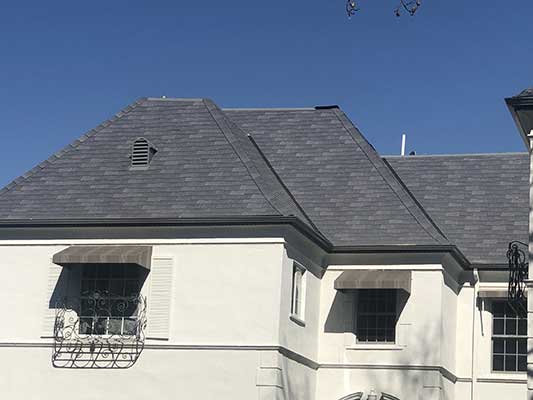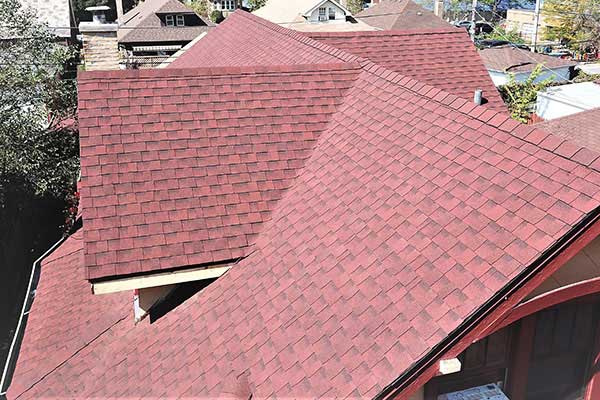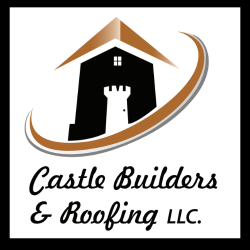Steep Roof
What Is a Steep-Slope Roof?
The majority of residential properties have a steep-sloped roof. The roof must have a pitch of 18 degrees or greater to be regarded as a steep roof. This style of roof is popular for both residences and small businesses who want to have a “homelike” appearance. Asphalt shingles are the most common type of steep-slope (or pitched) roofing in the United States. Metal, slate, wood shakes, natural tile, and composite tile are all typical roofing materials for pitched roofs.

The Pros of Steep-Slope Roofing
What are the benefits of a pitched or steep-slope roof? Gravity is one of the most significant advantages. A pitched roof has a large amount of slope by definition. As a general rule, the steeper the roof slope, the easier it is for rain, and debris to flow off your roof and away from your structure.
Water Flow Is Improved
Water that falls on a pitched roof has no choice but to run downhill, down your roof, and into your gutters. Your roof will stay drier because water can’t collect on a steep roof. This helps to prevent the growth of mold and mildew, as well as extending the life of your roof.
Additional Storage Space
Pitched roofs are typically constructed using an A-frame construction. As a result of the larger roof slope, you’ll have additional attic space built in. If having additional storage space in your attic is important to you, a steep slope roof is the way to go. You may even choose to insulate and finish your attic as additional living space, depending on the pitch details.

Of course, there are some disadvantages to having a sloped roof. It will be more difficult to reach and navigate your roof if it has a steeper slope. This could result in higher labor expenses for roofing installation, as well as making roofing maintenance more difficult. Another disadvantage of steep-sloped roofs is that they are not practical or cost-effective for commercial buildings or other large structures.
